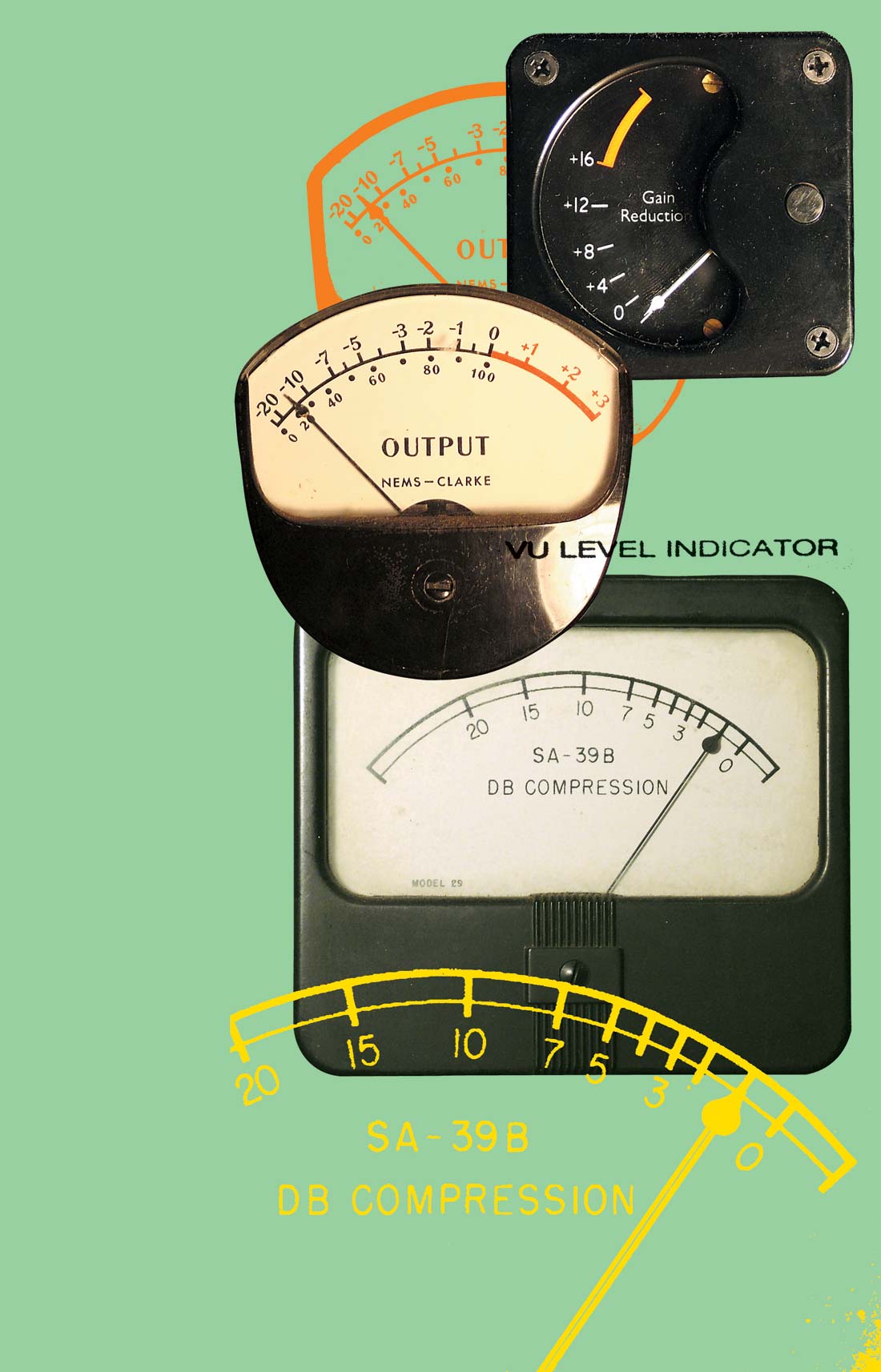Drum machines get a bad rap. And why not? Much of what comes out of them is sterile, repetitive, and mechanistic. In some cases, it's the machine's fault. Most of them aren't very versatile, pumping out predictable sounds in predictable patterns. But usually, a lousy drum machine track is the result of the same culprit as a lousy acoustic drum track: the player. A good programmer, on the other hand, with a sophisticated machine has the potential to create exciting, nuanced performances.
Few, however, ever do, in part because the technology has resisted it; complex drum machines tend to be difficult to program, requiring a web of menus and commands to achieve what a real drummer could accomplish with the flick of the wrist. I like the sound of electronic percussion, and over the years I've picked up countless cheap drum machines, in the hope of finding one that both sounded great and was easy to use. Recently I gave up on the search, sold all my drum machines, and bought an Elektron Machinedrum. To my great surprise, it is not only the most versatile and expressive drum machine I've ever played- with its comfortable, plentiful knobs and large, easy-to-read LCD screen-it's also one of the simplest to operate.
At the heart of the Machinedrum are four separate percussion synthesizers, each employing a variety of machines-essentially sets of parameters-for building individual instruments. The TRX synth is an analog modeling synth; the PI physically models acoustic sounds; the EFM uses FM synthesis; and the E12 manipulates a set of high- quality samples. There's also a special section for noise and sine-wave shaping. When building a drum kit, you can combine instruments made with any of these synths. Each machine offers a wide range of tweakable parameters, some instrument-specific, such as snare snap, kick click, and rim- shot metal. The user always has control of pitch, decay, and timbre, and a variety of filters and EQ options. It's also possible to apply distortion, sample-rate reduction, retriggering (E12 only), delay, and reverb to any single instrument. Finally, a finished kit can be polished with global EQ and compression. The compressor on this machine is absolutely superb, and as punchy as the senior prom.
Once a kit is made, it's time to record some patterns, either in live-recording mode or on a grid. The grid programming style will be immediately familiar to users of the classic Roland TR-808 and TR-909. With this system, the player builds patterns by placing beats for each instrument on a grid of 16 or 32 steps. From there, it's possible to apply effects to specific hits. Patterns can be stored in the large internal memory and then assembled into songs using an equally simple visual chart. Here, the user can map out mutes or specify which parts of patterns should be played. During song playback, it's very simple to go in and edit anything on the fly, making every repetition of a pattern sound completely different.
The Machinedrum has a few quirks. The LCD is backlit in red, which can strain your eyes after a long session, and the 16 buttons/pads are not velocity sensitive. This last is generally seen as the Machinedrum's greatest weakness, but I beg to differ. Velocity can be manually adjusted for any track, and since individual tweaking is what the Machinedrum is made for, it's more natural to add velocity later than to produce it in real time. I do find the live-recording option to be inadequate in general- there isn't even a metronome to keep you honest-but Elektron has done such a great job refining the grid method that I never use live mode anyway.
In summary, this thing sounds fantastic-both for realistic and synthetic sounds-and it has the best user interface I have ever seen on an electronic instrument. Build quality is absolutely solid, and Elektron ships overnight from Sweden for free.
The Machinedrum is expensive as hell, especially when you consider the power of software synths these days. But if you like to work with hardware, you won't find anything better... unless you count the new SPS-1UW version Elektron has recently introduced, which does everything the old one does, plus allows the user to load and manipulate samples. ($1240 direct; www.machinedrum.com




_disp_horizontal_bw.jpg)